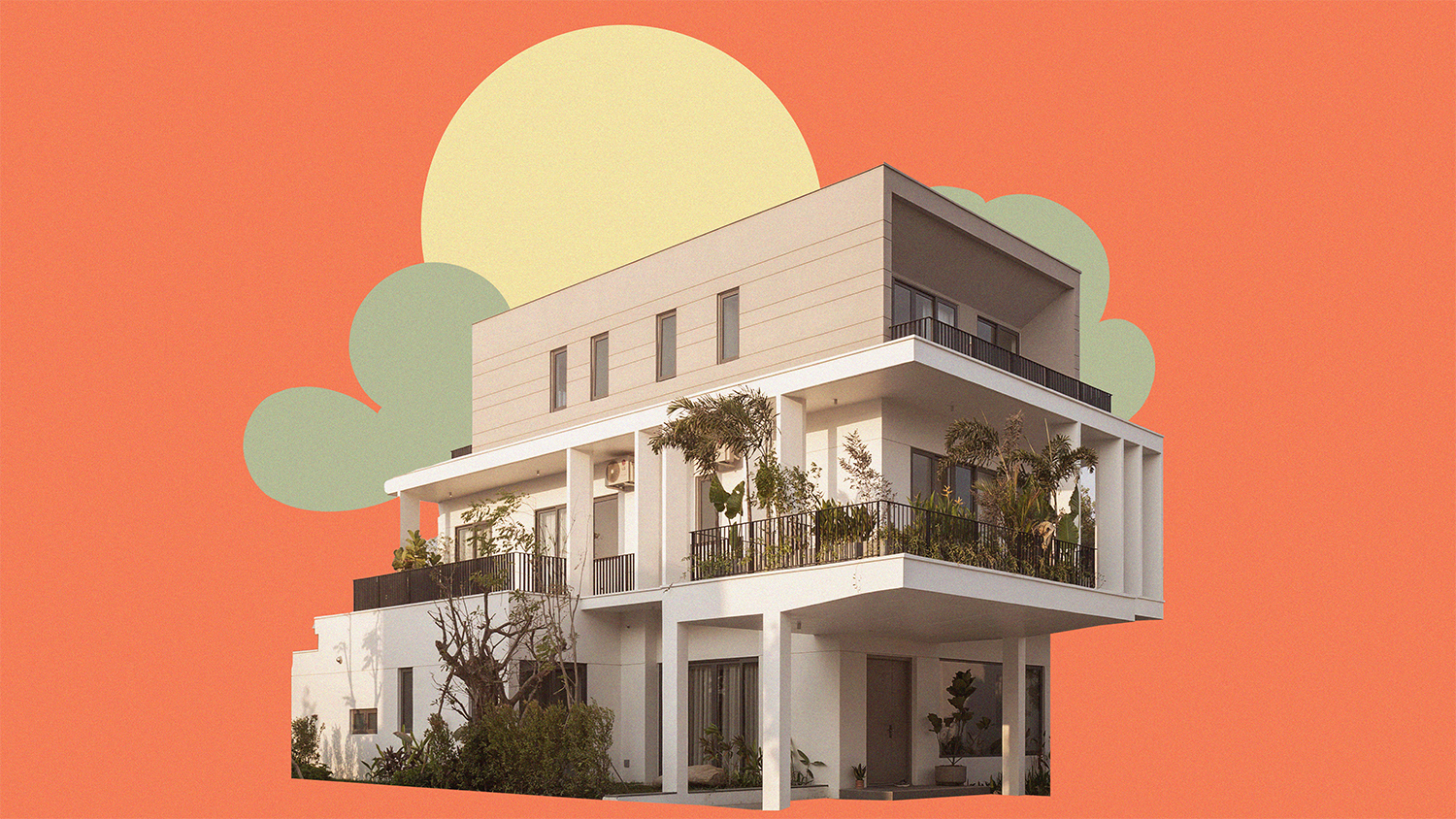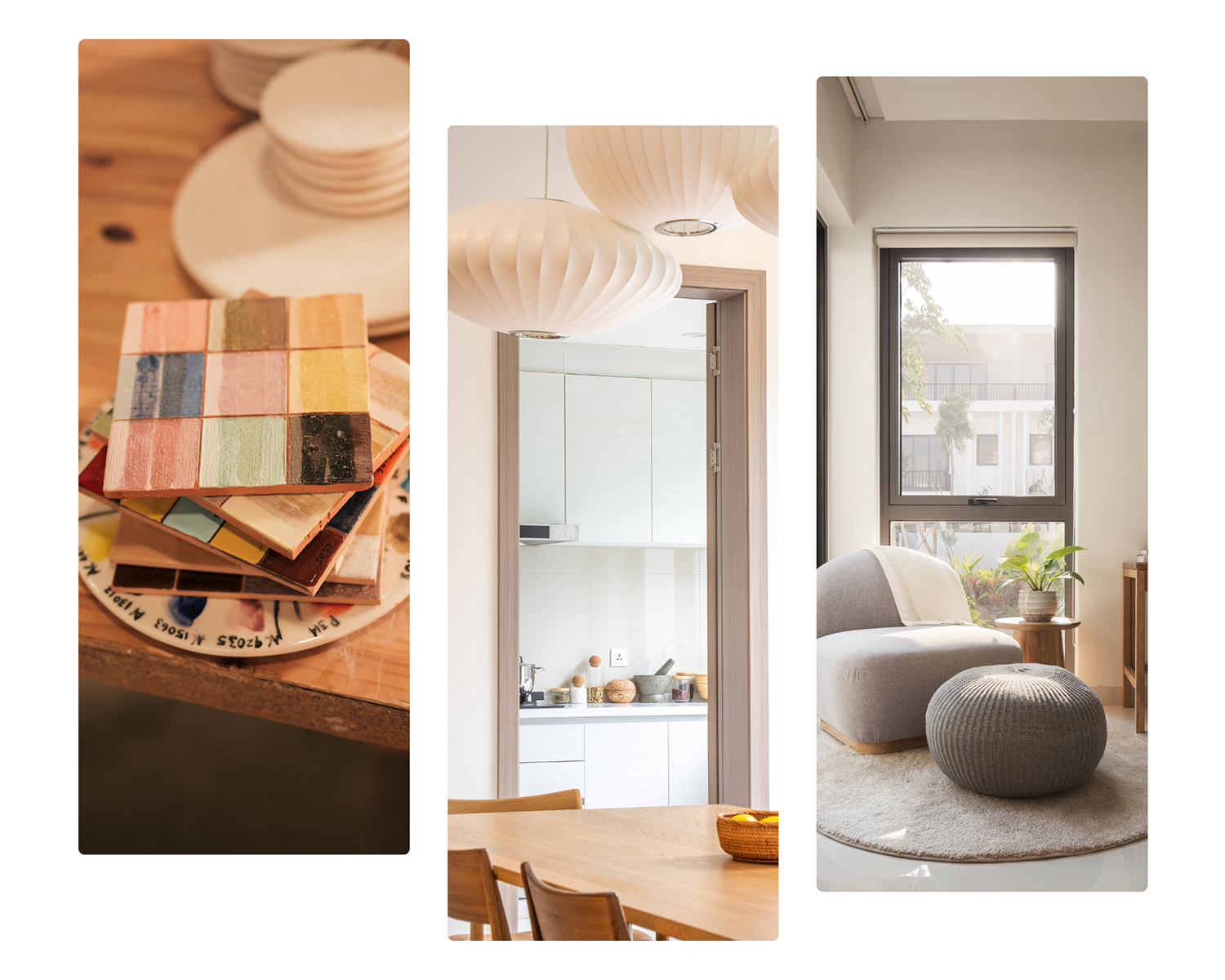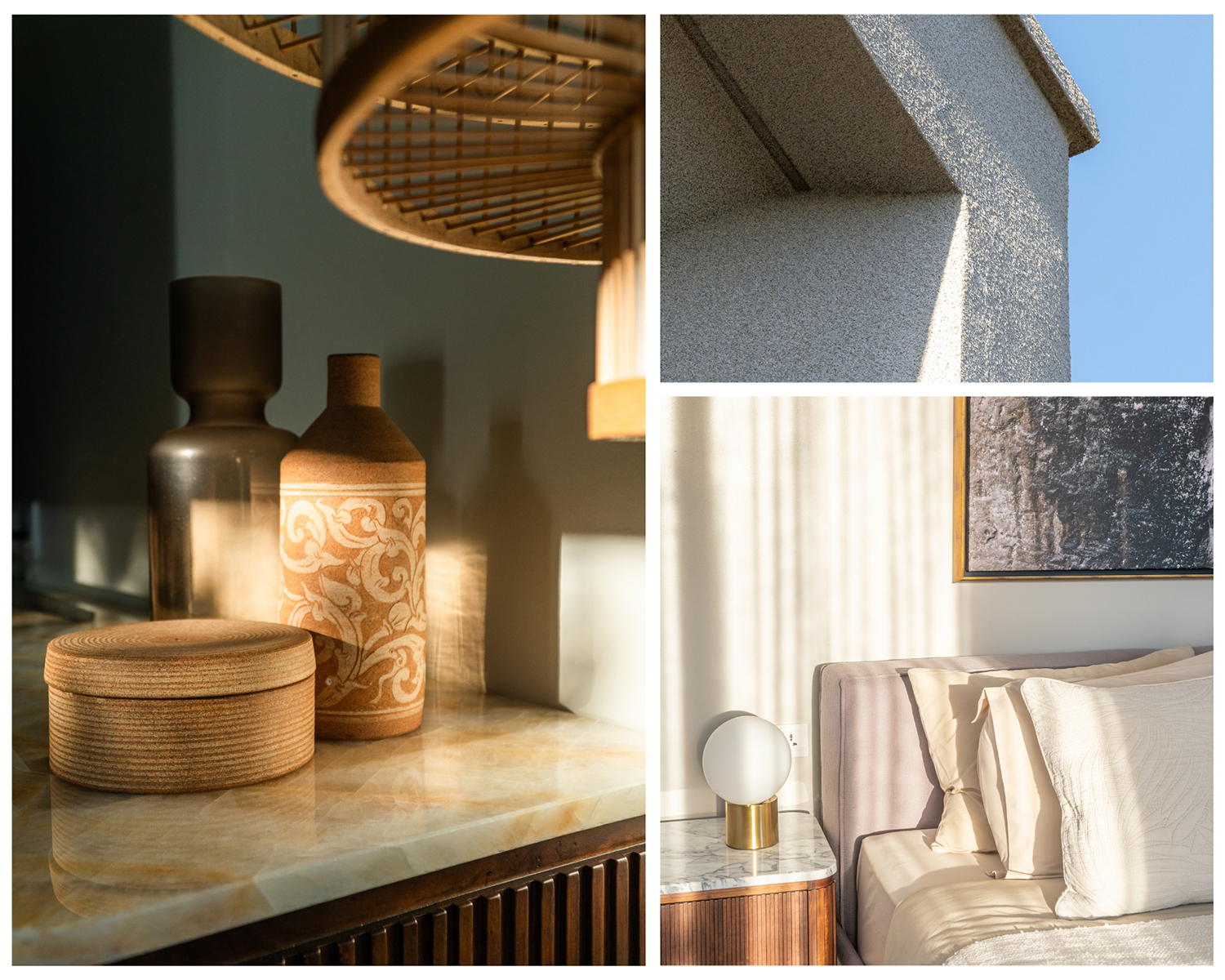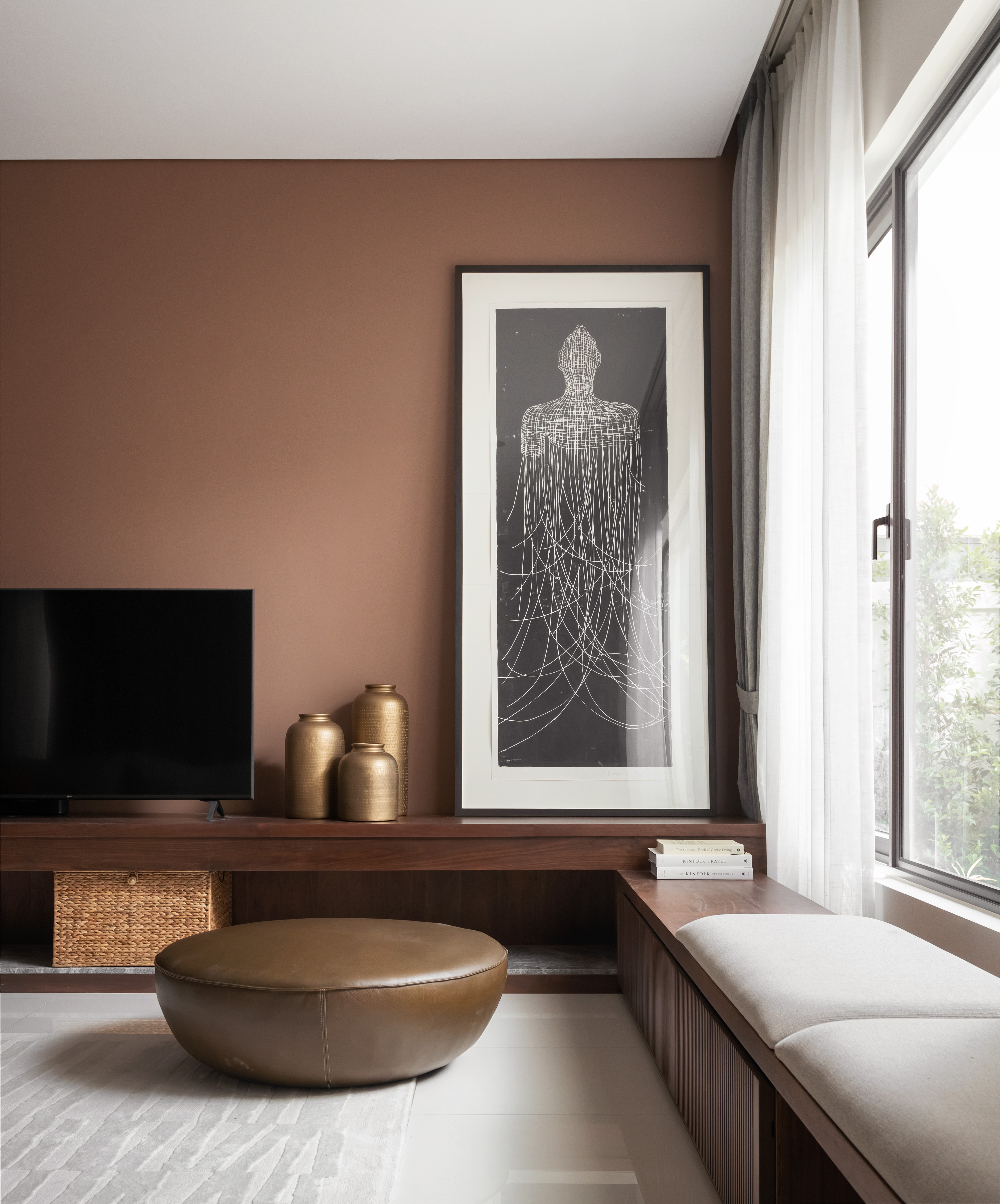Design plays a crucial role in elevating human well-being, going beyond mere functionality to the deep parts of our psychological experiences.

According to study, the interplay of light and space within architectural design significantly influences our circadian rhythms: the physical, mental, and behavioral changes an organism experience over a 24-hour cycle, while the choice of materials and textures has a profound impact on our emotional responses.


The use of colors and acoustics is also essential, as they evoke specific emotions and behaviors. Imagine a future where homes, offices, parks, and public spaces are thoughtfully crafted, keeping the human psyche at the forefront. This conscious design approach will pave the way for healthier, happier, and more closely-knit communities.
Open spaces can evoke feelings of freedom and liberation, whereas cramped spaces can trigger anxiety or uneasiness. Furthermore, materials and textures possess their own unique qualities, with wood manifesting warmth and earthiness, while concrete can feel impersonal.

By embracing the beautiful interplay between our surroundings and our inner selves, we can all unite in celebrating the power of conscious architectural designs that bring joy, uplift, and revitalize our lives.

